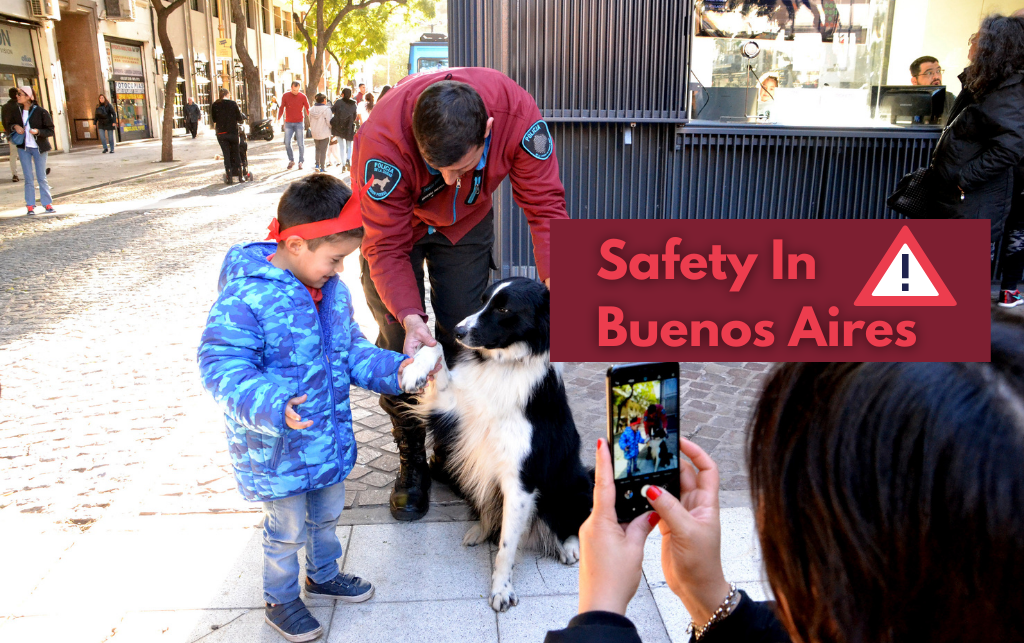Even if Buenos Aires is one of the safest cities in Latin America, there’s still plenty to watch out for to avoid a scare. How safe is Buenos Aires? This guide will help you navigate the city in the safest way possible and provide facts about crime, statistics and tips for general protection of your belongings–and yourself.
By Carla Chinski, Content Marketing Manager at Vamos Academy
What Counts As Safe?
When traveling, especially with younger kids or alone, safety is the main concern. A city’s safety can alter your travel plans, make you feel unsafe or put you off traveling all together. But how can we define safety in a city? What counts as safe? Mainly, safety refers to the amount of risk when in the city itself (robbers, pickpockets, motochorros, etc.). But safety also refers to all that a city provides to keep its citizens and tourists safe (security, street lighting, police).
It’s important to acknowledge that every single country has its downsides and local sociopolitical issues. Some of the problems that are specific to Buenos Aires are safety, poverty, buying power and education. But these are not exclusive to Argentina.
To give you some concrete answers, we’ve looked at statistics, experiences from locals and different recent events to explain how safe Buenos Aires is (or isn’t.) In Latin America, most of the countries–think Colombia and Mexico–are internationally known for their high crime rates. Of course, that’s not all there is to these cities, and the same is true of Buenos Aires. Comparatively, Buenos Aires is one of the safest cities to visit in Latin America.
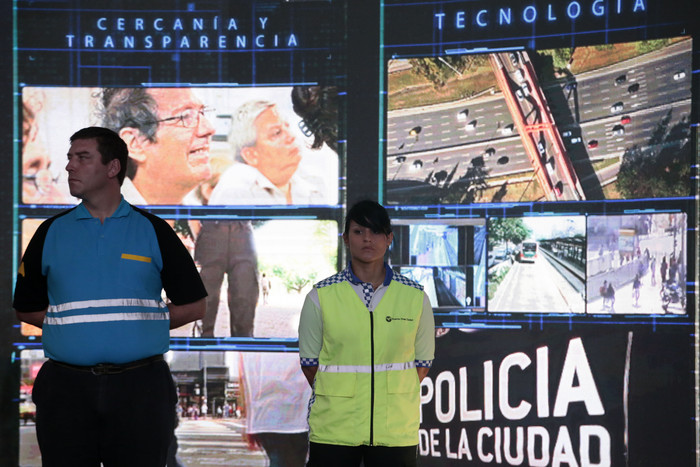

During and after the COVID-19 pandemic, the Spanish government published a map on behalf of the Ministry of Foreign Affairs; the map’s outlines and colors have changed mainly due to the economic crisis that befell several countries, especially Venezuela. In Argentina’s case, the government recommends “traveling under extreme caution and avoiding certain areas”.
Truth is, there is a lot of infrastructure in Buenos Aires to ensure safety, but the levels of poverty and unemployment are on the rise, and that means that safety concerns are ever-present in the city’s population. According to official sources, the first semester of 2021, 31.2% of homes were under the poverty line (“línea de pobreza”.) When compared to 2019, there has been an almost seven percent increase this year. Those most affected are thirty or more years of age. So, the city of Buenos Aires is pretty safe, with a 10% of its population under the poverty line. Of that percentage, 3.1% of the population is living on the streets (“indigencia”.)
Types of Crimes in Buenos Aires, Argentina.
In Buenos Aires, you can consider yourself lucky if you’ve never been robbed, pickpocketed, assaulted or even just catcalled. That doesn’t mean that there aren’t some neighborhoods that are safer than others; there are definitely things to look out for, avoid and do in case you’re in a not-so-amicable area of the city.
Crime Statistics
In 2020, the OSAC (the US’ Overseas Security Advisal Council) stated: “[c]rimes self-reported to the U.S. Embassy reveal U.S. citizens are most often victims of theft or non-violent robbery, principally in tourist neighborhoods. Street crime in the larger cities (e.g. Buenos Aires, Rosario, Mendoza) is a constant problem for residents and visitors alike. Visitors to popular tourist destinations should be alert to muggers, pickpockets, scam artists, and purse snatchers.”
In 2020 in Buenos Aires, when there were stricter confinement rules during the COVID-19 period, crime rates drastically went down. Robberies, for instance, decreased by 45% in 2020 compared to the previous year. Grand theft auto (down by 54%), motochorros (motorbike robbers, down by 60%) and armed robbery also decreased.
Worrying over crime and safety is very common in Buenos Aires and in Argentina in general, and this has become increasingly true.
For more information on poverty and crime, view CIPPEC statistics: https://www.cippec.org/publicacion
/el-desafio-de-la-pobreza-en-la-argentina/
What Is Buenos Aires City Doing to Keep Us Safe?
Motochorros
Motochorros are a pretty local form of robbery, so it’s well worth explaining what it’s about.Motochorros use their motorbikes as a strategy for crime. If you’re walking down the street casually, perhaps with a phone in hand or visible jewelry, you risk someone passing by quickly in a bike and snatching off whatever item you have on hand.
Motochorros can even go near a car with open windows and snatch whatever you have on the car seat or on your lap, so beware of this robbing technique and avoid having things be visible when driving or when going in the passenger seat!
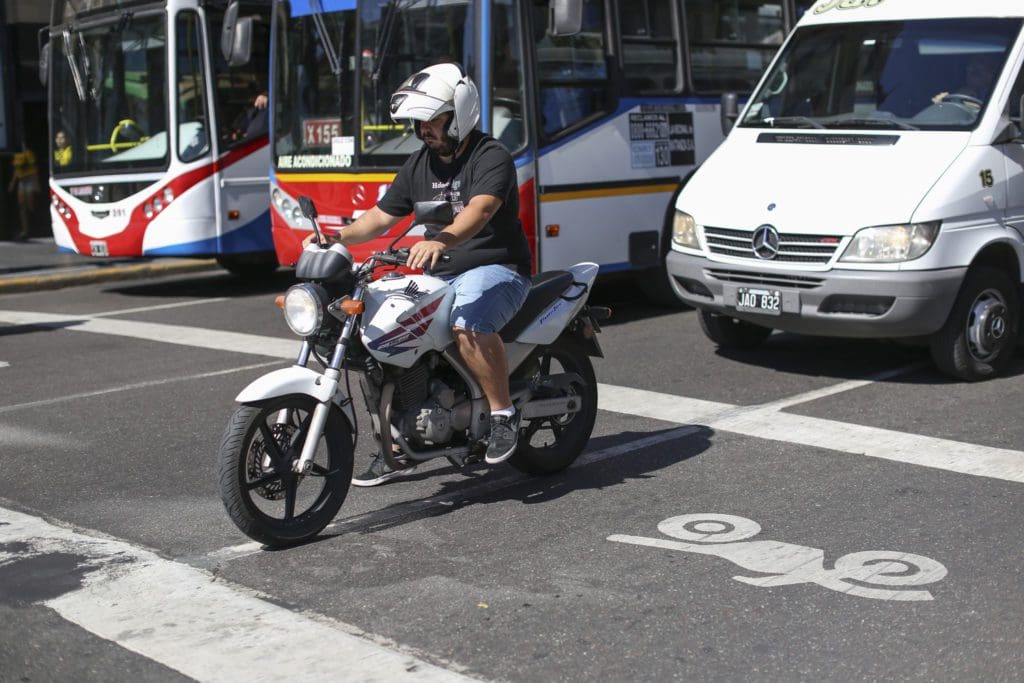

Pickpockets / Pungas
You already know what pickpockets do, right? Avoid having valuables in your pocket at all costs. You might not even realize that something’s gone missing.
Armed Robbery
Armed robbery is not that common in the city unless you’re walking by or in an unsafe neighborhood. In 2001, for instance, armed robbery and car theft went hand in hand; in the years of the “corralito” (one of the worst economic crises the country has faced in recent memory), crime went up dramatically, especially violent crimes such as these.
If someone in Buenos Aires threatens you with a gun, give them whatever they ask for, whatever your personal belongings may be, and do not (do not, under any circumstances) risk it or run.
Gendered Violence
There are many types of gender violence. It’s (very) unfortunate that, if you’re a woman, fact is you’re one of the most vulnerable parts of the population in Buenos Aires. From catcalling to stalking and harassment (or worse), it’s important to not go out at night alone if you’re a woman–and even less if you’re part of the LGBTQ+ community, a group which is especially vulnerable to crime. This is true even for safe neighborhoods. Don’t answer back if catcalled as you never know how the catcaller will react. When being chased down the street, quickly get into a shop to stay safe.
Tips For Staying Safe In the Buenos Aires Area
- To avoid pickpockets, always carry a bag on your chest or shoulder so that the bag is with you and visible at all times. Also, keep your valuables in an internal pocket inside your bag or purse to avoid giving easy access to pickpockets.
- In cases of armed robbery, do not fight, run, or question the robber. Just give them any item they ask for and make the necessary reports after the fact. It’s possible police will find the lost item sooner or later.
- Do not wear jewelry of value (or, at least, not visibly). Try to avoid wearing jewelry; if you do, hide it in some way so that robbers don’t chase you down the street or rip an item off.
- When in a bar or café, do not leave your cell-phone in a visible area or on the table–especially not when sitting outside. There are many strategies robbers use–even if they’re not armed–to take your cell-phone away. For instance, it’s a common practice to sell a product, put it on the table near your phone and take it by lifting the product and phone up.
- If you’re driving on in the passenger seat, do not keep windows open, or at least not with a space that’s wide enough for an arm to get in. Window-washers or beggars can get near the car and snatch something away.
- Planing on extracting pesos or dollars using an ATM machine? Avoid doing so at night, as virtually anyone can get in. If you’re doing it by day, protect your personal data by doing the transaction as quickly as possible and staying within the small cubicle.
Safe and Unsafe Buenos Aires Areas
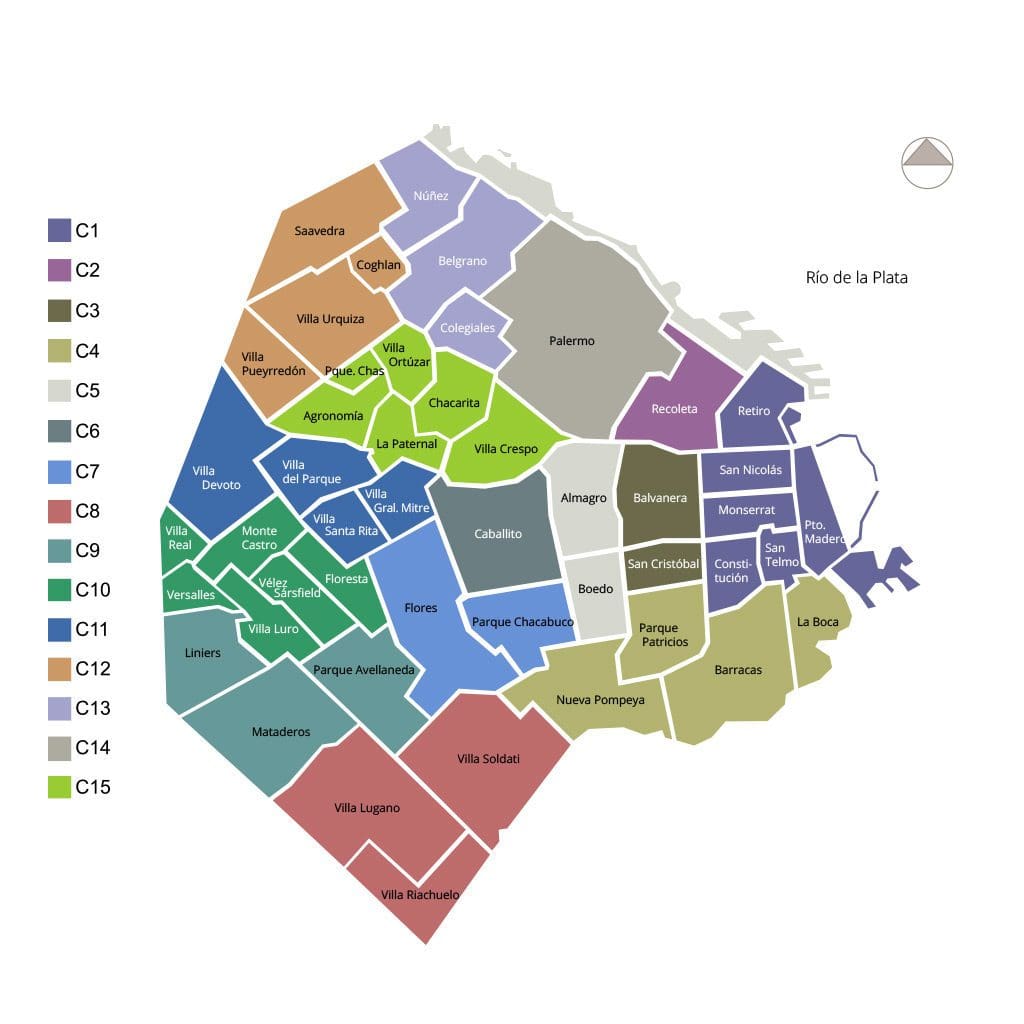

Unsafe Neighborhoods (Southern Zones)
Although staying in an unsafe neighborhood doesn’t automatically mean that you’ll witness or experience a crime yourself, it’s better to avoid these zones unless you’re going for a specific purpose, for instance, for sightseeing and tourism–like Barracas’ Usina del Arte.
Is Constitución Safe?
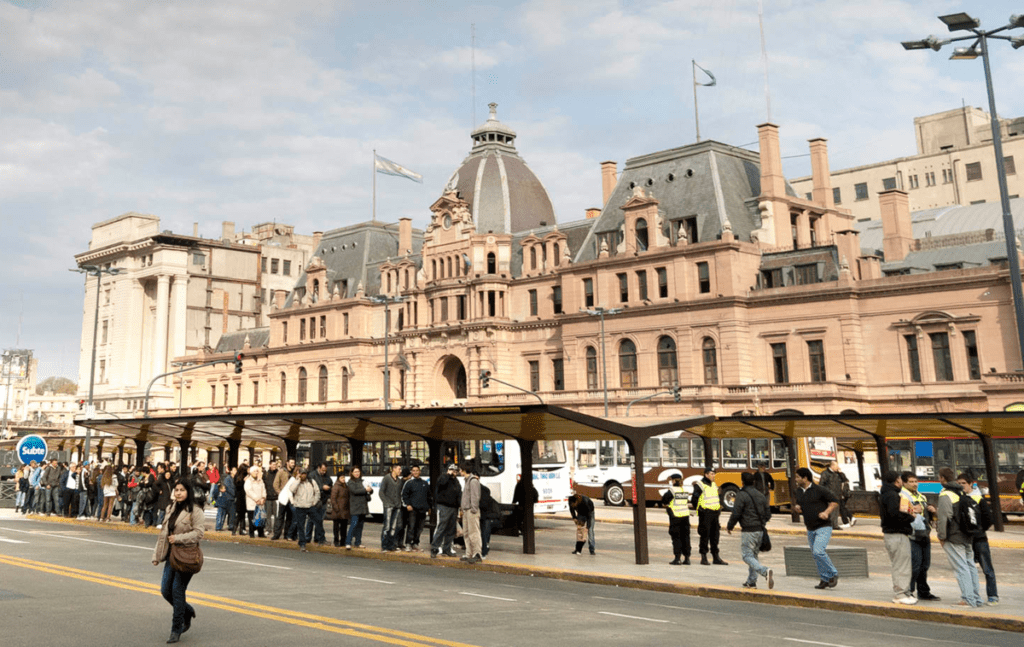

Constitución is perhaps the most unsafe neighborhood of all. Since the building of the Facultad de Ciencias Sociales was inaugurated, the zone became somewhat safer. The same thing happened with the construction of the Metrobús bus line system. However, public lighting is not good, and many of the zones in Constitución are dark; homelessness is very prevalent here.
Is Barracas safe?
Barracas may not be the most unsafe neighborhood in the world. However, it’s surrounded by highways and freeways that are not that nice to live by. It’s true that some of the smaller barrios it contains are more residential, surrounded by parks and modest apartment complexes. Since it’s near San Telmo, it will be easier to get to tourist attractions such as La Boca, on the upside. It’s also surrounded by long avenues, such as Avenida Independencia, where cartoneros are prevalent.
Is Microcentro (Eastern Area) Safe?
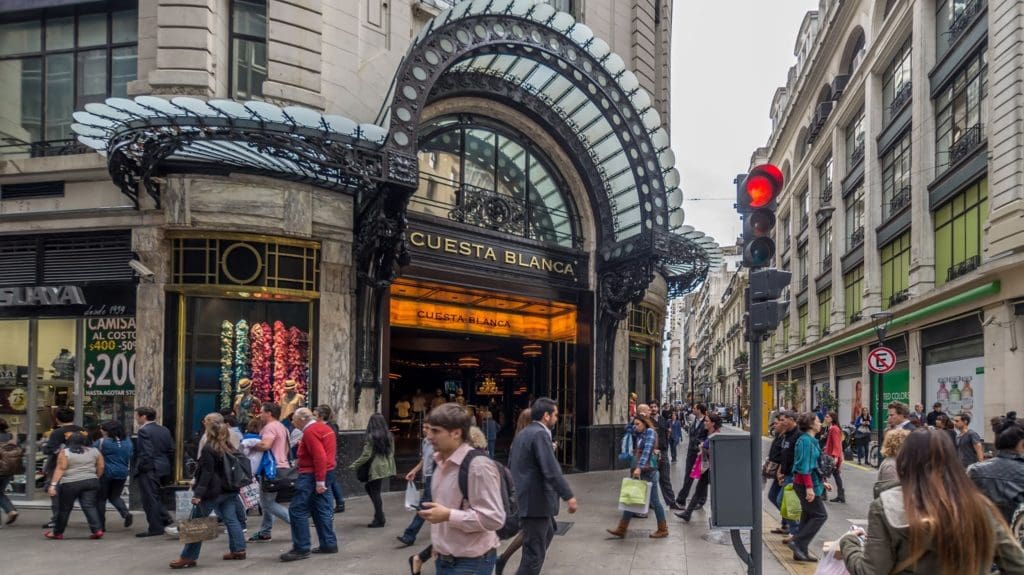

Microcentro is largely a bank, office and skyscraper area. Because of this, most of the businesses are only active until five, and there aren’t that many shops if you’re planning on staying there, which is an important thing to take into account. During the winter-time, for instance, it gets dark quick and the streets are almost deserted.
Flores and Floresta Safety (or lack of thereof)
Because Flores and Floresta are far away from the safer zones (Flores’ twin neighborhood a bit more down to the South), it’s best to avoid going here. Though it won’t be that hard, as there aren’t that many tourist attractions around. Unfortunately, Flores and Floresta are known for their insecurity, or at least that’s the general opinion, because rent is cheaper and so the neighborhood is populated largely by lower-middle class families.
Also read: Buenos Aires Ghettos
Flores and Floresta are largely residential neighborhoods with a commercial flare, since they’re so close to Caballito and Avenida Rivadavia.
Safest Neighborhoods (Northern Zones)
Palermo Safety
Palermo is well known in Buenos Aires for being safe, and also for being the residence of many upper-class families, which makes police ever-present and building security tighter. Because Palermo is a very large area with lots of smaller districts (like Palermo Soho, Palermo Hollywood and Palermo Nuevo), and each smaller area has its own, specific features.
There’s plenty to do in Palermo: fairs, local shops, places to eat local food, and tons of parks practically per square mile.
Also read: Palermo Neighborhood
Recoleta and Barrio Norte Safety
Although some parts of Recoleta can get shady, Barrio Norte (which comprises both part of Palermo and Recoleta at their intersection) is a great neighborhood to get around in the city without having to travel too far from the area. Most of the high-caliber hotels are located her, such as the Dazzler.
Belgrano, Núñez and Parque Saavedra Safety
Belgrano is pretty similar to Colegiales, with the main difference that it hosts Avenida Cabildo, one of Buenos Aires’ most commercial avenues, and therefore not the safest. If you’re planning on staying in Belgrano or Núnez, make sure it’s near Avenida Libertador: streets are safer, better-lighted and friendlier overall.
As for Núnez, it’s located north of Belgrano and Belgrano R. There are not that many bus lines in this area, but the well-connected train makes up for it.
Colegiales
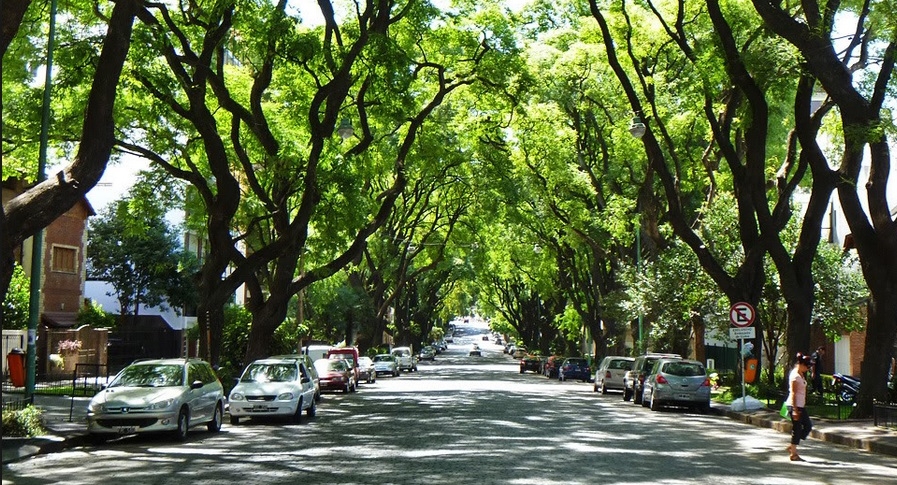

Colegiales is near Chacarita, a bit down to the South, and close to Belgrano R. It’s easy to get there by train–there aren’t that many bus lines passing by, mainly the 140, 39 and 44. Colegiales is known for being a very quiet, residential neighborhood with elegant, two-story houses, gardens and parks. Guard posts are in place in almost every street, and there are lots of schools, like the Pestalozzi, that make this neighborhood ideal for traveling with kids.
Another thing about Colegiales is that it’s becoming more and more popular, and so people are choosing to move into the neighborhood, which means both more safety and that rent is currently going up fast.
Also read: Traveling With Children to Argentina
Official Phone Lines For Safety Concerns and Incidents
Emergency numbers: Dial 107 for an ambulance and medical assistance and 911 for police and emergencies.
Defensoría del Turista: If you suffer from any kind of discrimination or hate on your trip to Buenos Aires, you can contact the tourist advocacy of the City of Buenos Aires. You can also go to their central offices in the Montserrat neighborhood.
Get in touch: (+5411) 5295 6906 | [email protected]
Comisaría del Turista: The comisaría del turista offers specialized police officers who are trained to assist tourists in cases of robbery or other types of violent crimes. They speak multiple languages, including english.
Get in touch: (+54 9 11) 5050 3293 | [email protected]



